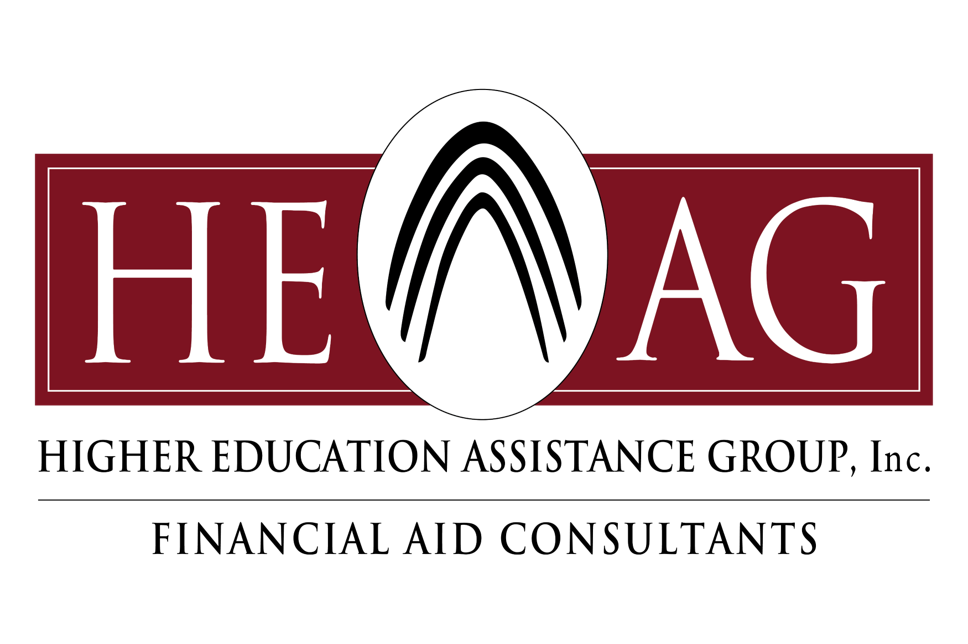This time of year always makes us think about student loan exit counseling programs. Are they effective and, if not, how do we make them so?
For starters, the timing of exit counseling is less than ideal. For enrolled students getting ready to graduate, attending an in-person session or completing Federal Student Aid’s online version is just one of a long list of requirements to complete before graduation. And since it is not high on the list of fun things to do as graduation approaches, it is no surprise students aren’t retaining much information even if they do meet the requirement timely. Even more difficult is engaging students that leave school or fall below half-time status unexpectedly. In this case, you’re probably relying on students reading information you send to them in the mail. So, given all this, we would encourage you to use the easiest option available to meet the counseling requirements and put your energy and resources into other programming that may serve your students better.
The conversation about a student’s rights and responsibilities in the federal student loan programs should really be continuous, not just at entrance and exit. In addition, no one borrows or repays student loans in a vacuum, so making it part of the students’ larger financial picture is essential.
Does your institution have a financial wellness program? If so, coordinate with your colleagues running that program (if it’s not you) to add student loan wellness to the curriculum. If you don’t have a program, but considering starting one, see our blog with tips for creating a high-impact program. How would you integrate student loan information? Let’s looks at a budgeting class or workshop, for example. It’s common to demonstrate to students how much they are really paying over time when they spend $3 at the coffee shop every day. Now what if they use their student loan proceeds to buy that coffee, or worse a credit card? Giving these examples will help students understand that small, but avoidable costs today can potentially create financial hardships down the road – and it may persuade a few to make their coffee at home.
You don’t have to have a formal on-going program to engage your students in this way. Start small with one or a few voluntary events per year, but make sure the topics are specific to your audience. Focusing on budgeting, reducing reliance on loans/credit cards, and finding resources that do not need to be repaid would be better for a freshman or new graduate/professional student audience, even though the horse is already out of the barn for students approaching graduation — for them it would be more valuable to show them how to fit a student loan payment in with other expenses like rent and transportation to work.
We worked with a college that created a fabulous program for seniors with guest speakers from the student loan, insurance and investment industries. It was such a hit that juniors and sometimes even sophomores tried to sneak into it. You likely have a lot of contacts in the student loan realm, but getting an expert in insurance or investing would be hard, right? Not necessarily. In this case, the financial aid administrator reached out to a colleague in the human resources department on campus who was easily able to recruit speakers from the companies with which the college already had relationships. And the bonus? The human resources representative was so excited about the program, they joined and gave the soon-to-be grads advice on resume writing and interviewing.
The point of this example is to show number one, you don’t have to go it alone, and number two, student loans are part of a student’s larger financial picture and as such, an integrated approach to financial wellness is the most engaging and effective.
At another institution, a medical school, the financial aid office required individual meetings in the first and fourth year as part of the entrance/exit counseling requirements. For second- and third-year students, less formal voluntary events were offered, including Financial Aid Jeopardy (as in the game show, not real peril) and a Q and A with a speaker from the Department of Education. The students appreciated the individual attention they received in their first and last years and the voluntary events were well attended too.
To feed or not to feed, that is the question. Often financial aid administrators feel they won’t attract students to any voluntary program unless there is food involved and that makes it costly. The reality is if your topic is engaging, you won’t necessarily need to ‘bribe’ your students to attend. The time of day the session is offered makes a big difference. If you avoid the mealtimes, you’ll probably be able to get away with providing a light snack or nothing at all. Rather than food, consider doing some type of raffle or giveaway for something more meaningful like grocery store gift cards or vouchers for your bookstore. Be mindful of estimated financial assistance rules (EFA or OFA for 2425) under 34 CFR 685.102(b) and 673.5(c) Estimated financial assistance and take a peek at NASFAA’s guidance at https://askregs.nasfaa.org/article/36524/are-non-cash-gifts-considered-estimated-financial-assistance.
So, to get back to the original question, can we make our exit counseling better? Probably, but it may not be worth the effort or cost. What might be far more beneficial to students is programming that integrates information that will aid in successful student loan repayment with that leading to general financial well-being. Doing so will reinforce the required information provided in entrance and exit counseling while improving the potential for it to ‘stick.’
Let us know if you’re thinking about creating a program or want to make sure your current counseling programs are compliant. Email info@heag.us to speak with one of our expert consultants.
Source: https://fsapartners.ed.gov/knowledge-center/fsa-handbook/2023-2024/vol8/ch2-direct-loan-counseling





